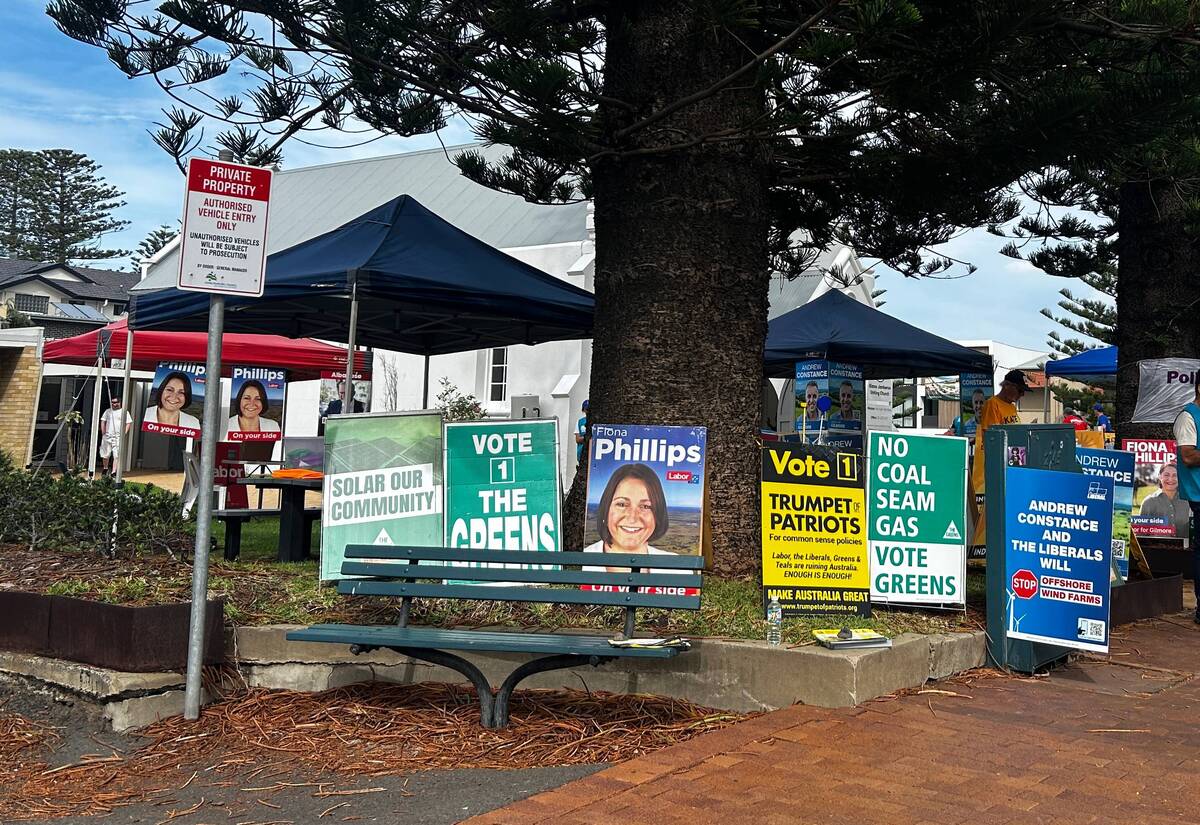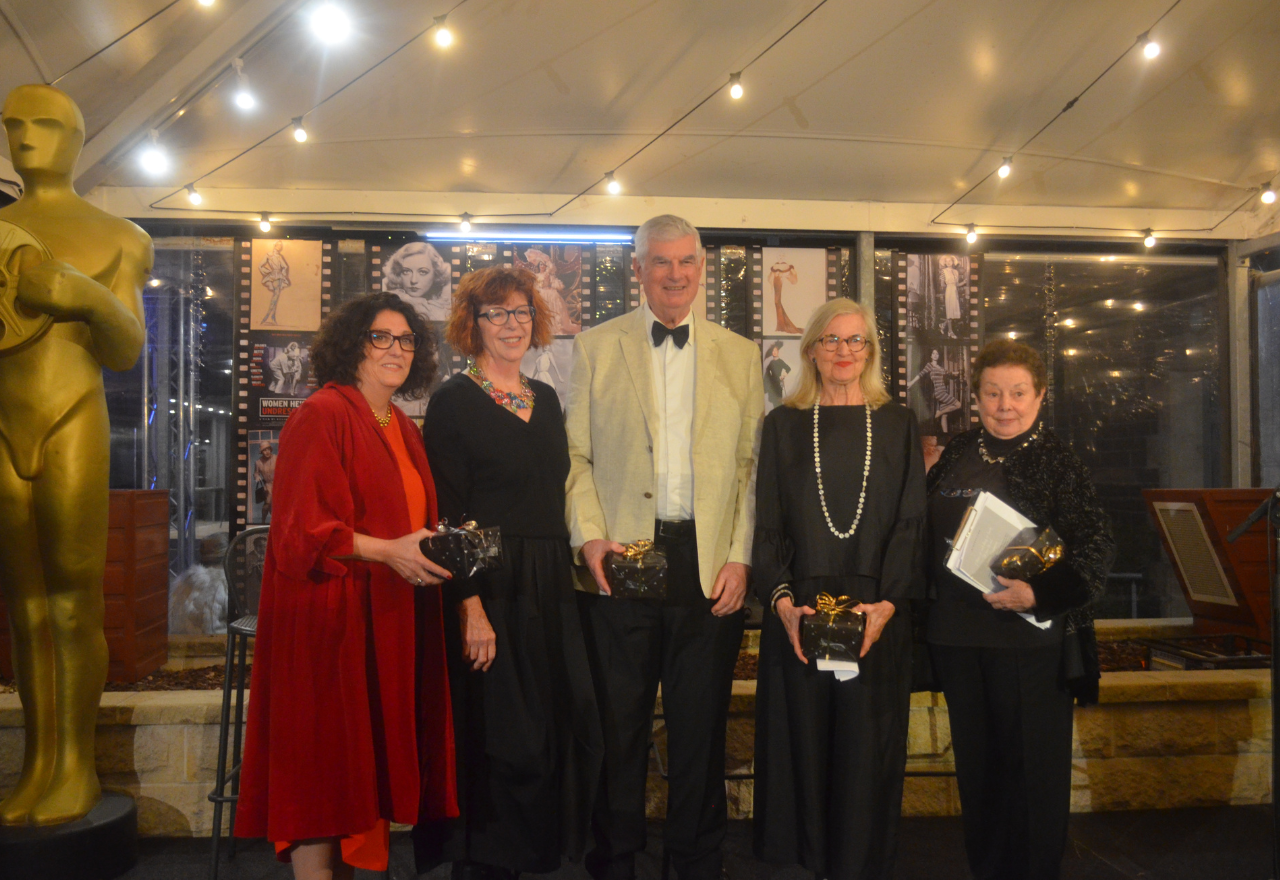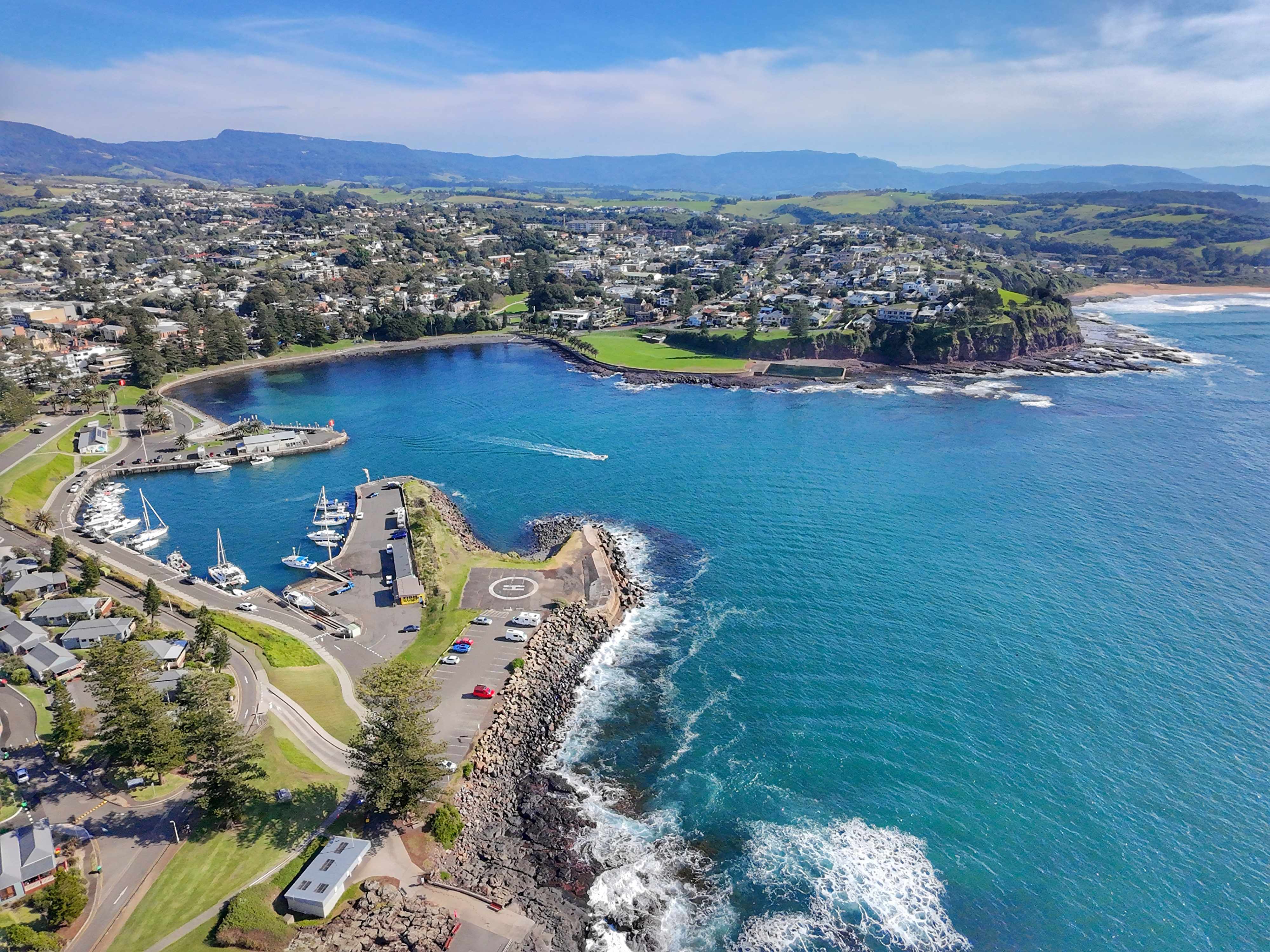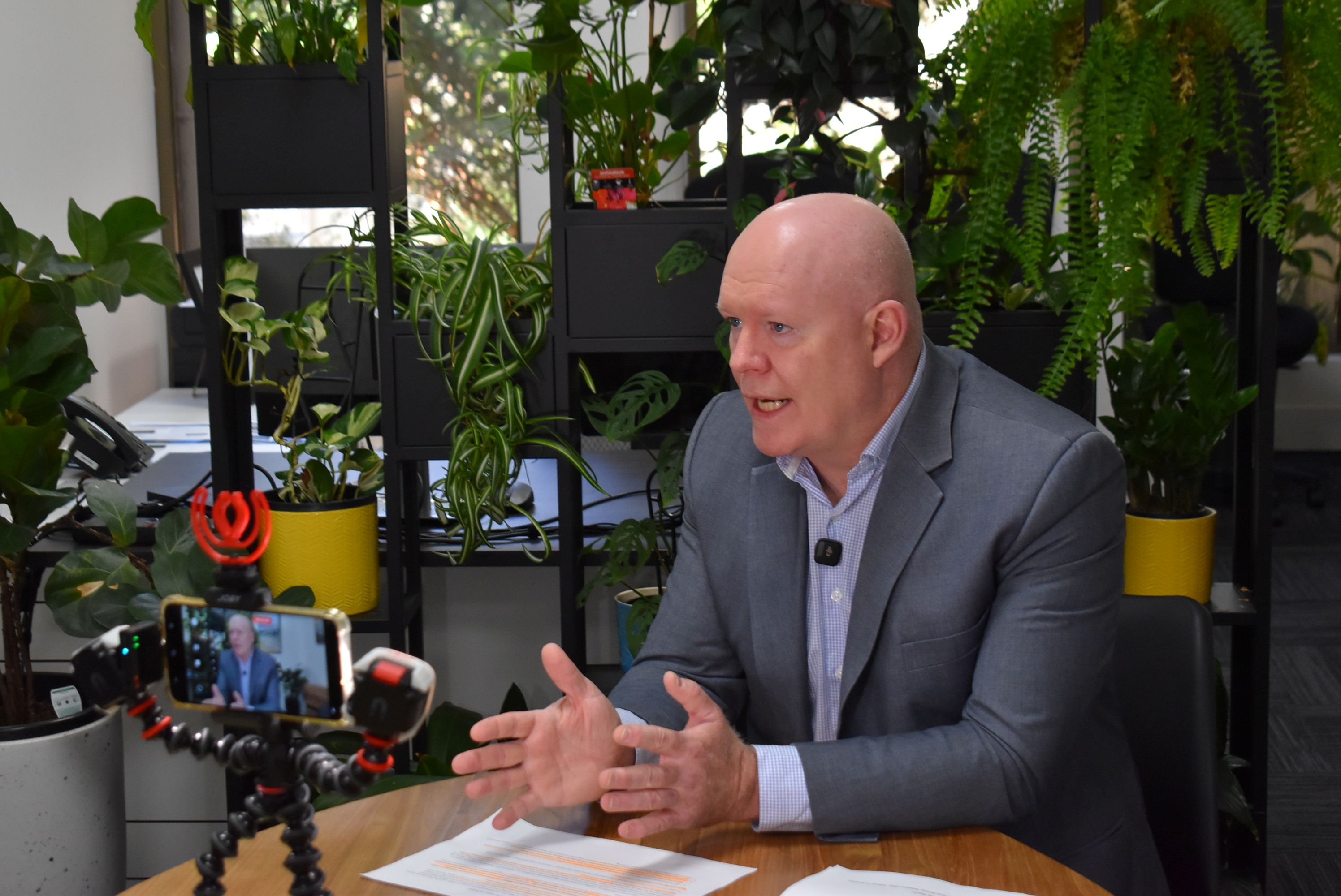Kiwi solution is ideal for political signage problem
Paul Suttor
02 August 2025, 1:00 AM

When it comes to the widespread problem of political signage everywhere you look at polling booths, most voters are fed up with the eyesore of endless corflues and bunting as well as being inundated with volunteers bombarding them with how to vote cards as they walk into their local voting centre.
Kiama Councillor Stuart Larkins is proposing electoral reform to fix this mess and he raised his concerns at the recent Council meeting.
Cr Larkins said the community was concerned by the increasing use of soft plastics and bunting used at polling locations at Federal, State and Local elections.
After he received unanimous support, a motion will be lodged with Local Government NSW as part of the LGNSW Annual Conference later this year.
He is calling for “local government advocacy to Federal and State Governments for appropriate electoral reforms to reduce and manage the level of signage and election materials during election periods at all levels of government”.
When contacted by The Bugle, he pointed to a simple solution which has been introduced in New Zealand which could work equally as well in Australia.
Individual polling booths are adorned with how to vote cards for the candidates at any given election, which negates the need for volunteers to hand them out to voters as they enter the voting centre.
Cr Larkins said there was a feeling in the community during the lead-up to the May 3 federal election that political signage was becoming invasive.
“I've been involved in elections - federal, state and local - for the past 10 years as a member of the Labor Party and I've noticed a significant increase in the amount of signage that is up at polling booths, in the most recent federal election in particular, but I think even council and state as well,” he added, airing his views as a Councillor, not on behalf of Council.
“A number of community members have raised concerns around the increased use in bunting primarily, in single-use plastics and just the overload of signage at polling booths.
“The reality is that these signs and this particular material is only single-use so it all ends up in Council's waste facilities.”
Cr Larkins is hopeful that other Councils from throughout NSW will support his motion when it goes to the Local Government NSW Conference in November.
From there it is hoped that it will be considered by parliamentary committees at the state and federal level, to come up with appropriate recommendations and whether law reform is needed or a policy change with the electoral commissions.
Cr Larkins is not proposing a blanket ban on signage but he is adamant that electoral reform is needed because the problem is getting way out of control every election period.
“If you're a voter and you go in to a polling booth, you'll see all of the how-to-vote cards available in front of you and you can follow a how-to-vote card from that angle rather than having people stand out in front of a polling booth having to give them out.
“Thankfully those particular cards are recyclable paper but it's obviously a lot of recyclability that happens from that
“I do see the importance of having a how-to-vote card because there's some people that, unfortunately, don't really understand how to vote, so it's important that the material information is available. But the amount of materials that need to be printed is normally about 10,000 to 20,000 how-to-vote cards for some elections, so it's quite extraordinary.”
Signage at residential houses, in public spaces and at polling stations is another sore point with voters and because there are differing rules about when and where they can be placed depending on the level of government during an election campaign, voters are confused about their widespread proliferation.
“I can see the benefit of corflutes,” Cr Larkins added.
“Having a face and a name on a corflute is very beneficial to get elected but at the same time, do we need 20 for one person at a time?
“There's a broader question about when people should start promoting themselves for election periods.
“It's not just the recycling and waste but I think a few people found it quite intimidating as well when they went into the polling booths to see that number of signs up and it basically felt like a lot of people said they were running the gauntlet essentially.”
There has been a snowballing effect when it comes to election campaigns - if one politician puts up many signs, then their rivals do the same and as they try to outdo each other, the visual pollution increases.
“That's where the difficulties have arisen is that you have one campaign that absolutely goes all out on signs and, unfortunately, it has caused other candidates to say we need to match this signage,” Cr Larkins said.
NEWS




